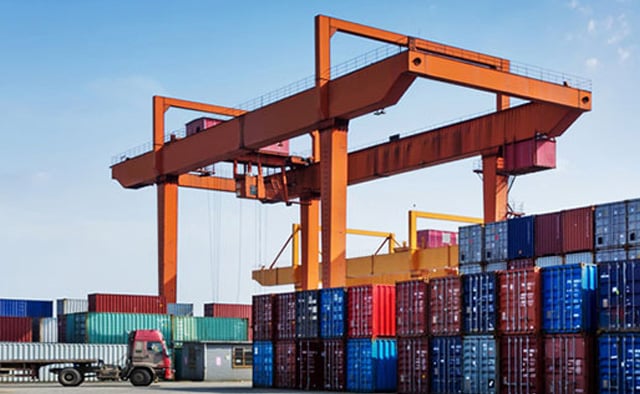3 Invaluable Tips to Navigating Customs
by Jillian Voege

With the whole "just-in-time" delivery trend that's going on, there's even less margin of error when it comes to shipping packages on time. When you ship internationally, that margin of error slims even further due to another determinant in shipping time: customs.
As an online business, a big advantage is having your storefront accessible from any reliable internet connection in the world. Of course you want to reach these customers, but you’ll need to learn about customs first. It can be intimidating at first, trying to decipher tariffs and regulations from another country's set of laws, so we came up with a few tips to help you get started.
1. Be Smart About Where You Expand To
Generally speaking, emerging markets have way more regulations on imports than established markets do. They also tend to manually screen their packages much more thoroughly, which developed nations can’t afford to do with the sheer amount of traffic in their ports of entry.
As a rule, it's much easier to expand to a developed country anyway (better logistics, better infrastructure, easier customs), so try to learn the commonalities of international customs with developed countries first.
2. Find Out Which Paperwork to File
You've always heard about the importance of papers when watching the movies. "Let me see your papers," Customs Officer 1 always says to a sweating smuggler. This is one detail that Hollywood gets somewhat right, it's extremely important to have the proper paperwork and certifications when you ship internationally.
Of course, in today's digital age, it's possible to implement customs information electronically as well. Other countries want to be efficient too, and they'd rather process customs digitally than by poring through stacks of papers.
The good thing about most customs forms is that they usually ask for the same information. Some countries will ask for more information on top of the common questions, but for the most part, they'll always ask for:
- Consignee - The recipient of the shipment
- Shipper - The sender of the shipment
- Value - Declared value for customs purposes, usually the price paid or payable for goods
- Description of the Contents - The description of the contents, which must always include:
- Product Description
- Product Make-up (what it's made of)
- Product's Schedule B or HTS Code (used to determine tariffs, recognized globally)
- Product's Intended Use
- Product's Country of Manufacture
- Product's Part/Serial Number if Applicable
- Product's Quantity and Unit of Measure
- Product's Value Per Unit and In Total
- Country of Origin
Once you nail these down, it's much easier to fill in the rest of the blanks of your intended country's customs regulations.
3. Surround Yourself With Experts
If you intend on making yourself a multinational presence, it can be burdensome to amass all the necessary customs knowledge to expand effectively. There's just way too much information to parse through, and only a small portion of a country's customs code will apply to you and your products.
Luckily, it's not necessary to know the regulations back-to-front if you have partners like your carrier and EasyPost in your corner. Logistics companies like ours make it a point to know the lay of the land when it comes to international customs. For instance, if you're wondering what's required to ship your product to the European Union member countries, you can always ask people like us for the answer.
And with EasyPost, we make it easy to attach the necessary customs information to all of your international shipments. We do this via the <code>CustomsItem</code> and <code>CustomsInfo</code> objects in our Shipping API. If you want to learn more how easy it is to attach customs forms to your shipments, check out our Customs Guide.